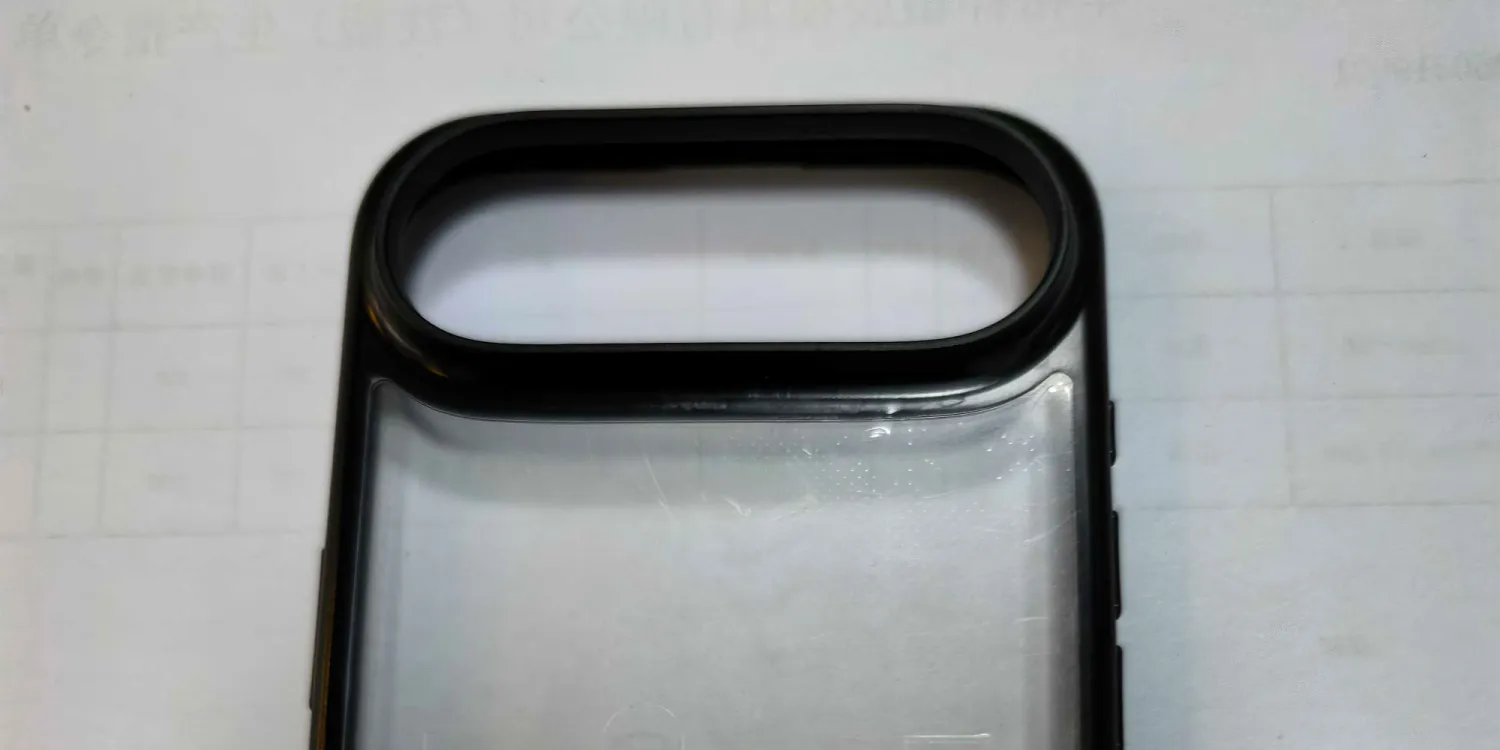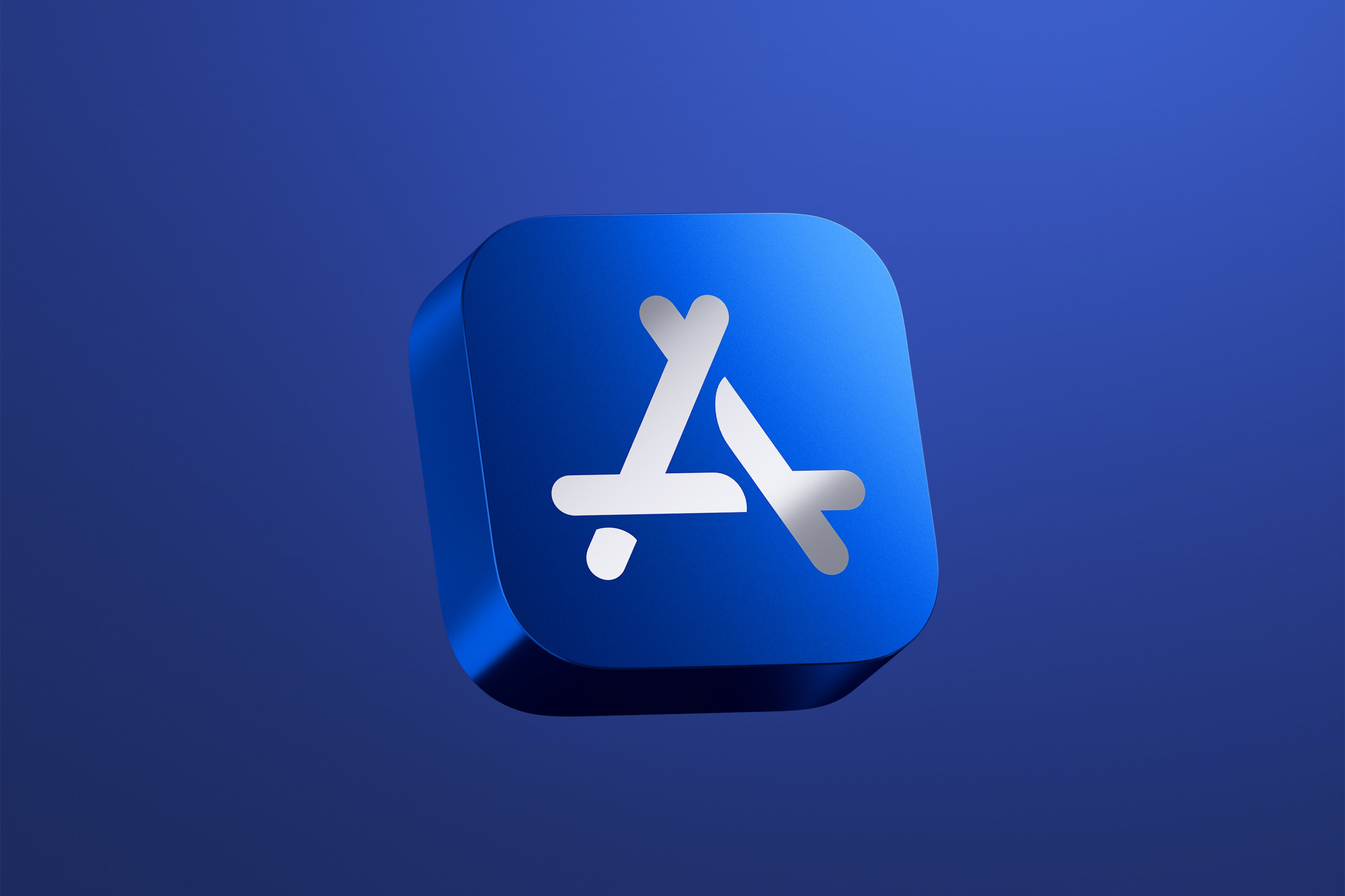YouTube recently shared some news about a problem iPhone and iPad users have noticed—videos looking blurry or not as sharp as they should. This issue popped up after the latest iOS update, version 18.4.1, came out. People started complaining that their favorite clips didn’t look clear, even though they were set to high quality. YouTube says they’ve figured out what’s going on and are working to fix it soon.
The company explained that the trouble comes from how the iOS update handles video playback. The new system messes with the way YouTube’s app shows videos, making them lose some crispness. It’s not about your internet speed or the video itself—it’s a tech glitch between Apple’s update and YouTube’s software. They’ve promised users that a solution is on the way, and things should get back to normal with sharp, clear visuals soon.
For now, iPhone and iPad fans might notice this fuzziness mostly on high-definition videos, like 1080p or 4K. YouTube suggests sticking with the app since watching videos in a browser like Safari might not help much either. Some users have tried tweaking settings, but that hasn’t solved it yet. The good news? YouTube is already testing a fix, so you won’t have to wait too long.
This isn’t the first time tech updates have caused little hiccups. When big changes roll out, apps sometimes need a moment to catch up. YouTube’s team is moving fast to smooth things out, and they’ve asked users to hang tight. If you’re seeing blurry videos, don’t worry—it’s not your device or connection.
Just give it a bit of time, and your movie nights or quick clip sessions will look great again. Until the fix arrives, YouTube says to keep using the app as usual and watch for updates. They’re committed to making sure iOS users get the best experience, with crystal-clear videos back in no time.







